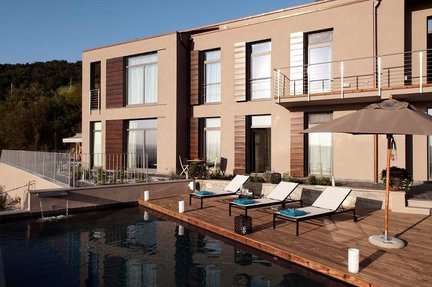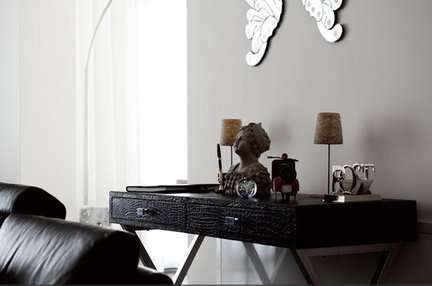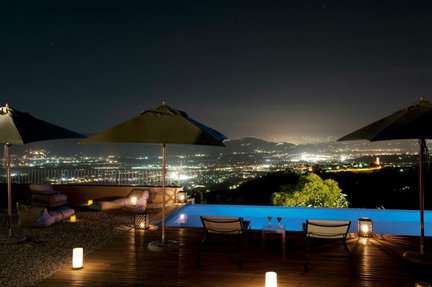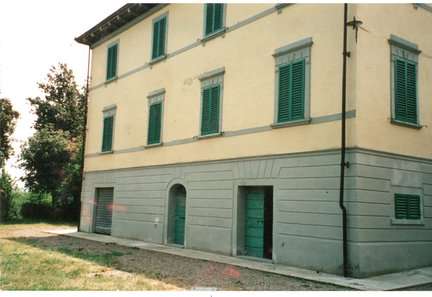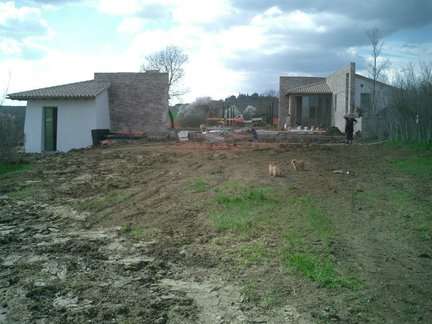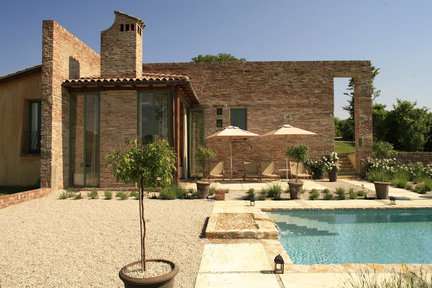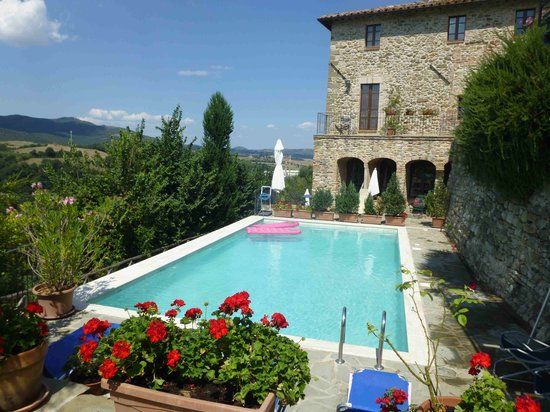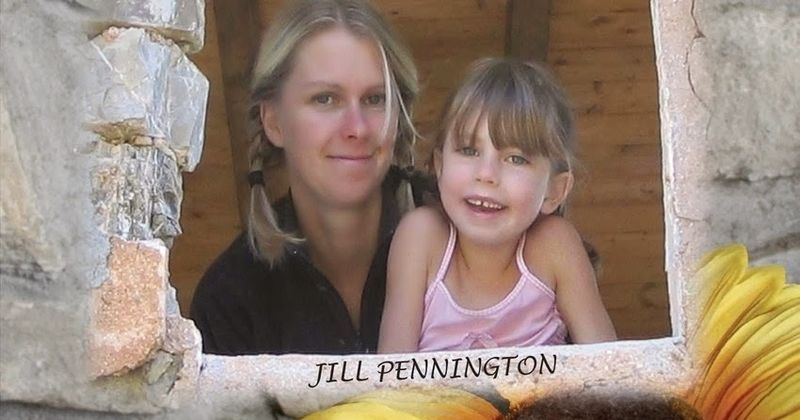When I first ‘met’ Simon through a wonderful expat group I fell in love with Casa Colleverde. I loved the attention to detail, the rich colors, the consideration of the way the house would fit into the environment, and the fact that the house wasn’t at all rustic but rather ugly. The transformation surprised even me and I have seen some incredible transformations over the years. Enjoy! “My current home ‘Casa Colleverde’ is the third restoration I have been involved in 10 years in Italy, so I should not be surprised by the problems I encountered whilst restoring it. I had assumed and hoped it would get easier the third time around, but there is ALWAYS something you don’t anticipate.” Going against the usual expat choice of a traditional house, Simon and his partner Carmelo were looking for something with lots of natural light which could be radically altered both internally and externally. They found it in a ‘really ugly’ late 70′s house Casa Colleverde. “The more traditional houses we looked at in better positions had impossible space i.e. difficult to do anything with, and probably more relevant to us impossible prices!” “So that pushed me to do something very modern. I like the contrast of living in a modern house in a very traditional setting. Creating a contemporary home so far out of the ugly duckling has involved many debates with the architect and also with the planners and builders. The height of the doors, the size of the windows, with large windows how to keep the house cool in summer and warm in winter, what technology to use etc etc.” “The house was finished in 2011, four years after starting the project but due to an unforeseen bureaucratic hurdle we were unable to open as a B&B until recently. I have in the meantime been entertaining friends and family in a lovely part of the world. In effect the longest ‘soft opening ever.” “In fact I ended up in Italy almost by chance or by fate depending on your point of view as 2 years prior to starting the project my partner of 16 years had died. I was single and doing garden design in London a career change I had made years earlier from an accountant which I hated. My friends in London Paolo and Phillip (one English and one Italian) were looking to do an Agriturismo in Tuscany and asked me to be their business partner. Coincidentally my late partner and I had said if we could live anywhere else it would be Italy, so I decided to say yes to my friends not really thinking that eventually I would move lock stock and barrel to Italy a few years later. With no previous experience in the industry our learning curve was perpendicular and we could write several books on our experiences but to avoid embarrassing ourselves we had better keep quiet. We worked on these projects together, with Philip largely responsible for doing the interior and myself the exterior and they still run them. Villa Fontelunga opened in June 2000 as a luxury “B and B” and 12 years later is still going strong. The renovation was undertaken at the time when the book ‘Under the Tuscan Sun’ was published. This book reflected many of our experiences when buying and renovating our first property in Italy together with the fact that Cortona where the property in the book was situated was right across the valley from us. We embarked on our next project four years after opening and with the traumas of dealing with builders, Italian bureaucracy and meeting opening deadlines . This was a restoration/rebuilding of a rudere in the valley behind us to create three independent Villas in a contemporary style. Scannagallo (abover) is the largest of the 3 Villas within the Fattoria, and is designed as a smaller version of Villa Fontelunga. Villa Gallo the larger “cottage” of the Fattoria Di Scannagallo, faces Villa Galletto across a walled lavender garden with a shared reflective pond swimming pool. Having completed ‘Fontelunga Villa’s’ and suffering in varying degrees from stress, ulcers and back pain (me responsible for creating gardens from reinforced clay) we all vowed never to do it again. Of course vows are made to be broken…. You need to have an idea what you want to get out of your move – where you want to live may be idyllic particularly in summer but what about in the winter? Is it near a village/ town for essential services if required – schools doctors hospitals transport. Or work if needed. It maybe best to visit and buy the property in winter so see it at its worst. Some services that you may take for granted in say London or in another city don’t exist or are patchy up a hill in Liguria, eg internet or communal water. Make sure you have the essential services before buying or alternatives – I am on a well , I drilled a new one prior to buying the property to ensure I had water. Make sure you have enough resources to complete the renovation or means to support yourself whilst doing it and after. Even after 3 renovations I am always surprised how much everything costs and how long it takes. Mine was at least 30% over mainly because of difficulty in accessing it on the hill and some unforeseen problems of the site. In the end it took twice as long as anticipated and we had to do a fair amount of landscaping and retaining walls which was costly. Some practicalities of renovating, employ individual craftsmen yourself rather than through a main contractor as it is cheaper. If you can live on site or nearby whilst doing the work you can make sure it is done properly. Employ a good geometra who is known in the commune where you are renovating as he can resolve potential problems. Written by Simon Carey for Renovating Italy. Images from the private collections of Simon and his Partners Professional images of Casa Colleverde ~ Brotherton Lock
As far as advice to other would be renovators/ movers to a strange country….
Related Links:
Casa Colleverde - a stunning transformation



